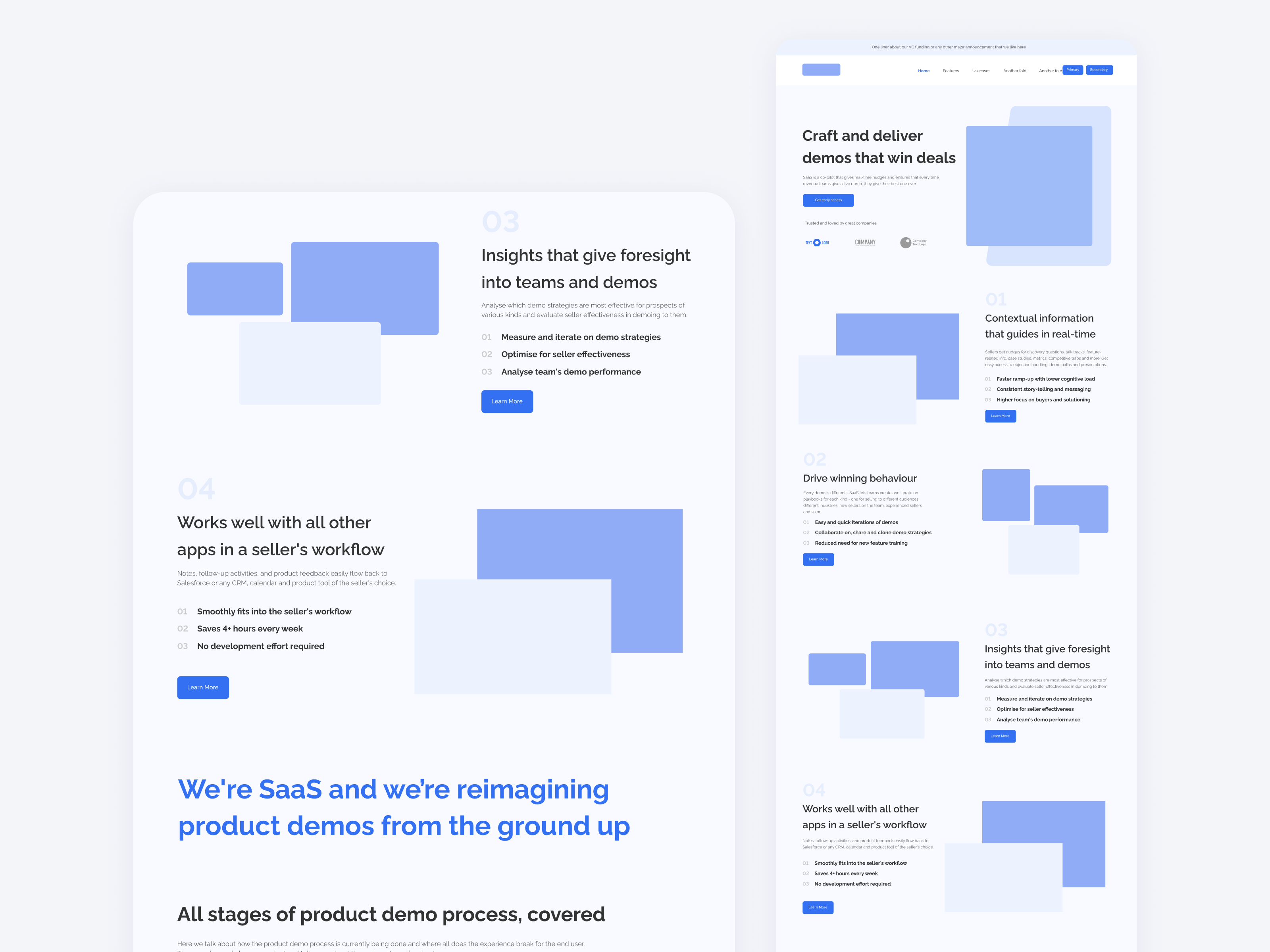Have you ever been frustrated by an error message that was more confusing than helpful?
Have you ever been frustrated by an error message that was more confusing than helpful?
As designers, we know that error messages are a crucial part of the user experience. They provide guidance and feedback when things go wrong and can be the difference between a frustrated user and a satisfied one.
Here, let’s explore the art of crafting high-quality error messages that don’t just inform users of a problem, but also offer a solution
1. Be Clear and Specific:
Error messages should clearly state what has gone wrong and why. Avoid vague and generic messages like “Error Occurred” and instead, provide specific information about the problem. For example, “Your password is incorrect. Please try again.”
2. Use a Friendly Tone
Error messages should be friendly and helpful, not harsh or condescending. A positive and empathetic tone can make a big difference in how users perceive the error message. For example, “Oops, looks like something went wrong. Let’s try that again.”
3. Keep it Simple
Error messages should be easy to understand and concise. Avoid using technical jargon or complicated language. Keep it simple and to the point.
4. Provide Solutions:
Error messages should not only describe the problem but also provide solutions for how to fix it. For example, “Your session has expired. Please log in again.”
5. Provide Feedback
Users should know that their actions have been acknowledged. A simple confirmation message can help users feel confident that their actions have been recorded. For example, “Your message has been sent.”
6. Test, Test, Test:
Error messages should be tested extensively to ensure that they are effective and helpful. Test with real users and ensure that the messaging is easy to understand and useful.
7. Use Visual Cues:
Visual cues like icons, colors, and images can help users quickly identify the type of error they have encountered. For example, a red “X” icon could indicate an error, while a green checkmark could indicate success.
8. Be Consistent
Consistency in error messaging across your application or website is important. Use the same language and visual cues for the same types of errors.
9. Use Humor Sparingly:
Humor can be a great way to connect with users, but it can also be risky. Use humor sparingly and only when appropriate. For example, “Looks like we hit a snag. Don’t worry, we’ll get through this together.”
10. Provide Contact Information:
In some cases, users may need to contact customer support or technical support. Include contact information in error messages so that users know how to get in touch if they need further assistance.


